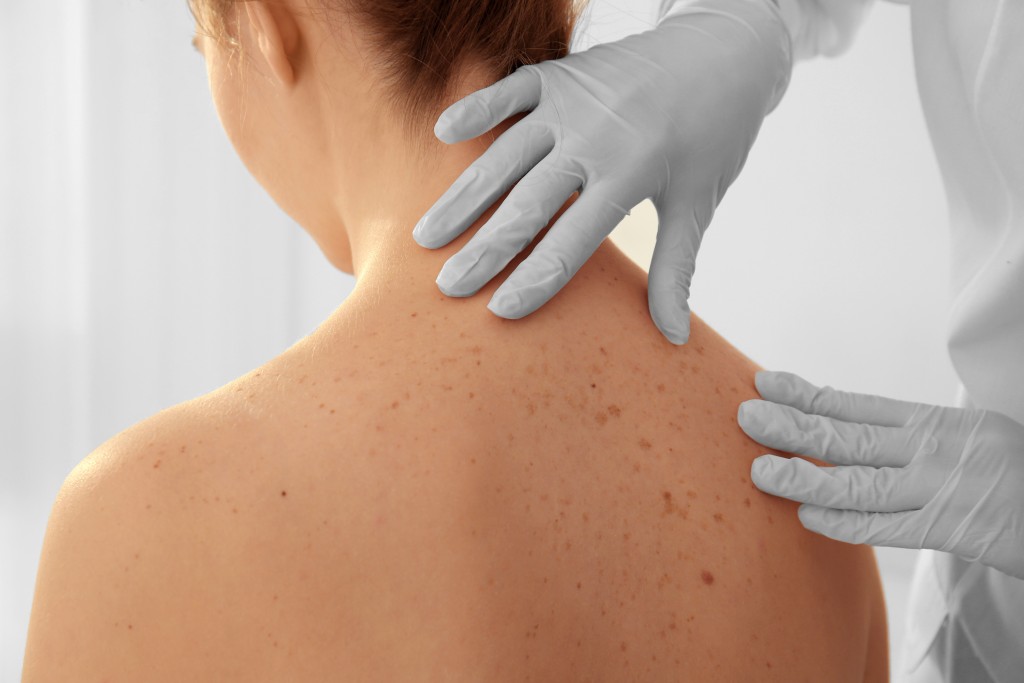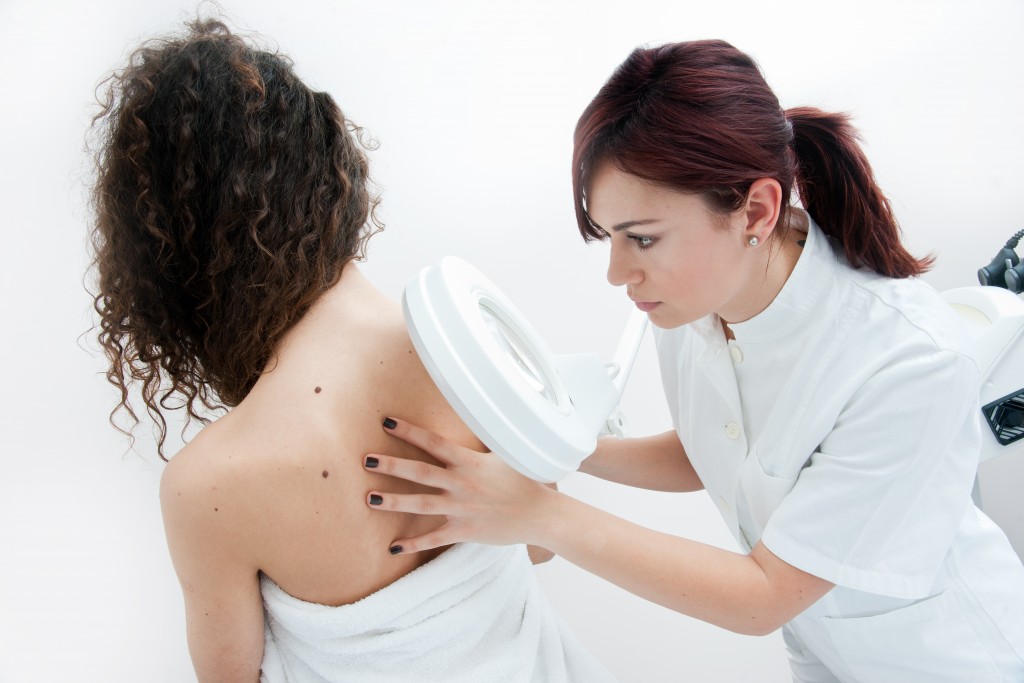The skin is the body’s largest organ, and skin biopsies are vital to the diagnosis of suspected cancer. But when a patient observes unusual lesions or rashes, they may do some unsupervised research first, which can lead to anxiety and discomfort leading up to the procedure. Here are four things you can do to help put your patients at ease and prepare them for a skin biopsy.
Profile your patient’s health literacy needs
Every one of your patients will have a different level of understanding when it comes to healthcare services and processing the necessary information needed to make relevant decisions. Before you engage your patient in a discussion about their skin biopsy, make sure you know their health literacy needs.
Well-informed patients have been linked to better outcomes as they tend to understand the importance of follow-up sessions and self-management procedures, as well as keep their doctor informed of potential issues which arise. The right educational approach and access to learning materials can make your patient more comfortable with the biopsy and any further treatment necessary.
The procedure will go smoothly
Skin biopsy is not that complicated to perform; you only need basic surgical skills and equipment. It is the consideration of other factors, such as the nature and depth of lesions or other skin concerns, and the type of information needed to obtain an accurate diagnosis, that involves your skill and judgment as a dermatologist.
These are things that you, as the expert, can take for granted, but are unfamiliar territory for your patient. Take the time to assure them of the sterile and efficient equipment you use. Show them the small biopsy punch used, so that they have an idea of how little a sample is needed. And let them know that local anaesthetic will be applied to avoid any pain or discomfort during the procedure.
Some post-operative care is necessary
Along with the question of “will it hurt?”, many patients are going to ask you, “will it scar?” And rather than just providing the answer, make sure that you emphasise the need for them to take reasonable care of the biopsy area after the operation.
Some patients might want to pick at the area and remove the stitches or strips used. Remind them to avoid this, and to keep the area clean. You may want to prescribe an ointment if necessary to keep the area moist and minimise scarring. Be sure that the patient understands the timeframe for healing, and will consult you in case any unusual symptoms arise.
A specialist will analyse results

Many patients may be unaware of what happens with their biopsy sample after it’s been taken. They might not know that a specialist will interpret the results of their specimen and that the analysis may not necessarily take place in the same hospital or clinic.
While you do not need to over-explain and proactively give all the details or cover hypothetical scenarios, some patients will be more at ease if you engage them in this sort of conversation about what happens after the biopsy is done.
As a dermatologist, you know that a skin biopsy is just a small step in the overall process of achieving an accurate diagnosis. Making sure your patients are comfortable with the procedure and share that understanding will lead to better outcomes for your practice.




